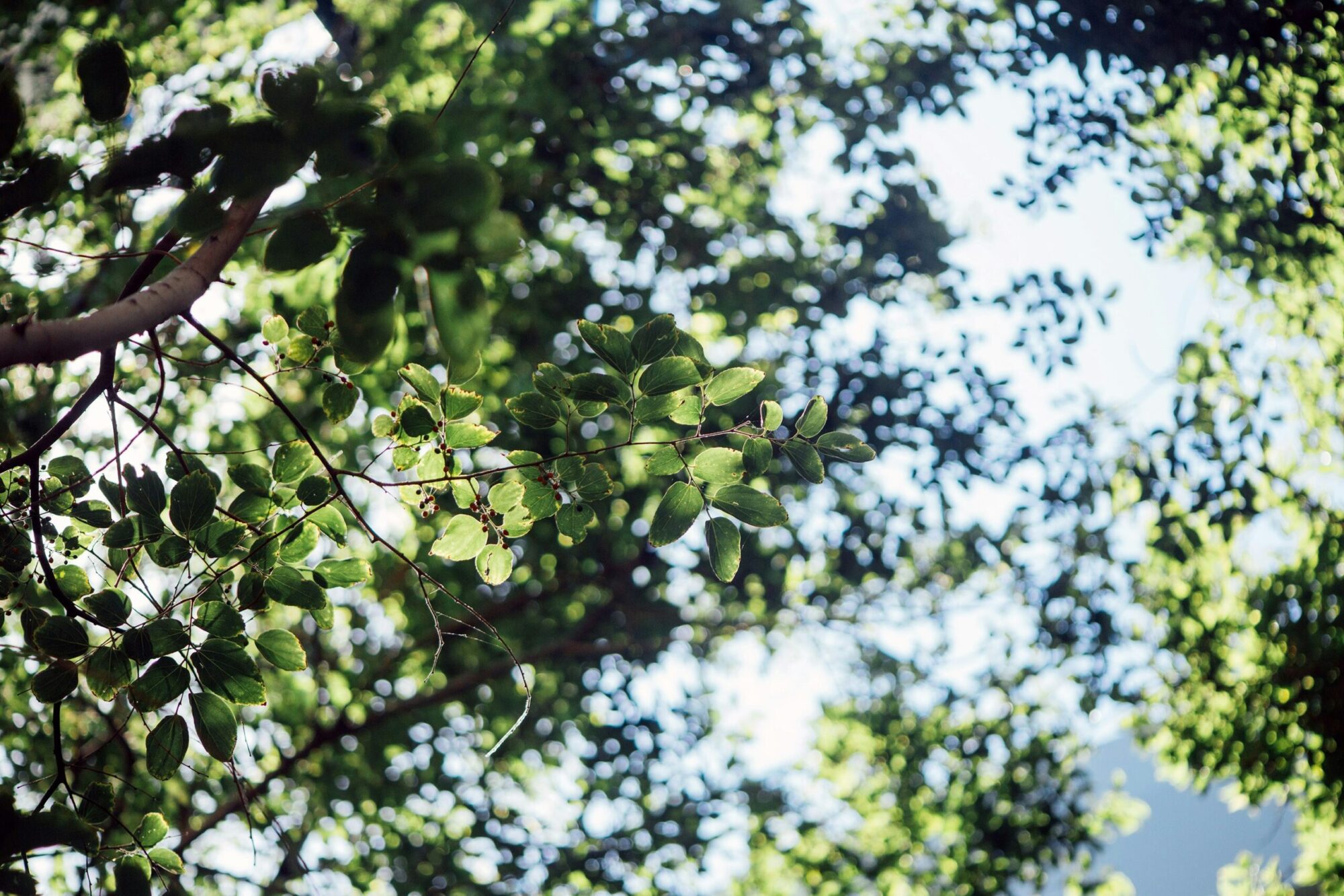Geometry was never meant to live on a blackboard. It was born in the palm, in the curve of a bowl, in the arch of a branch bending toward sunlight. Before it became theorem, it was a way of touching the world.
The potter’s wheel, the mason’s compass, the baker’s shaping of dough—each repeats the same intuition: that harmony has measure, and that measure can be felt before it is drawn.
Every hand already knows proportion.
When you cup water, stack stones, or cut fabric, you balance pressure, distance, and curve without calculation. The hand senses ratio as the body senses gravity.
In its smallest motions, it restores the equilibrium that mathematics later describes.
A straight cut or a true circle are not mechanical achievements; they are confirmations that perception and movement have come into alignment.
Geometry begins where this alignment becomes visible.
The craftsman never separates number from rhythm. A table stands because its weight is resolved through pattern; a basket holds because the weave alternates tension and release. In every functional form, the invisible triangle of stability and the arc of continuity meet.
To learn craft is to train perception to see these forces at work, and then to let the hand act as their interpreter.
When the pattern is right, fatigue vanishes; the work moves as though guided by breath itself.
In cooking, geometry becomes sequence: cut, fold, stir, heat, rest. Each motion has a beginning, an apex, and a return.
Fire, air, water, and earth collaborate through proportion—the ratio of liquid to grain, of heat to time. Recipes are secondary; what matters is the pulse of transformation felt through the spoon or knife. One learns the right measure when the ingredients begin to speak: the texture of readiness, the scent of completion. Mathematics dissolves into intuition.
To design with the hand is to design with the senses awake. Wood grain teaches asymmetry; fabric teaches tension; clay teaches humility. Each material has its own internal grid, its own preferred line of flow.
The maker listens until that line reveals itself, then builds along it rather than against it.
Resistance ceases to be obstacle; it becomes teacher. Through this dialogue, one rediscovers that geometry is not imposed on nature but released from it.
Measure, at its heart, is compassion.
To measure well is to give each element enough space to be itself while still belonging to the whole. Too tight and the form suffocates; too loose and it falls apart.
The same rule governs relationships, ecosystems, and societies. The craftsman learns this truth with every joint, every stitch.
The moral dimension of craft lies in proportion—knowing how much strength to apply, how much freedom to allow.
When the hand works in harmony with its material, a strange thing occurs:
the act begins to think. The fingers move faster than the mind, correcting angles, refining curves, finding balance through sensation. Consciousness migrates from head to limb, and thought becomes tactile.
This is the intelligence of the body, older than language, precise as any equation.
Mathematics was an afterimage of this intelligence—the memory of touch turned abstract.
To bring geometry back to the hand is to reunite thought with matter.
In the curve of a chair leg or the folding of paper, the mind meets its own structure made visible. Each curve, each right angle, each proportion is a small echo of cosmic design translated into daily use.
To practice craft with attention is to participate quietly in that design—to let the infinite become useful, the abstract tangible.
When one finishes a well-made object, a calmness fills the air.
Edges align, surfaces rest, weight distributes.
The eye feels it before the mind can explain.
This calm is the signature of correct proportion, of the world briefly remembering its natural geometry through your hands.
To work in this way is to heal the split between idea and life.
It is to draw the circle back to its center until the hand, the tool, and the form become one motion—measured, alive, and complete.

